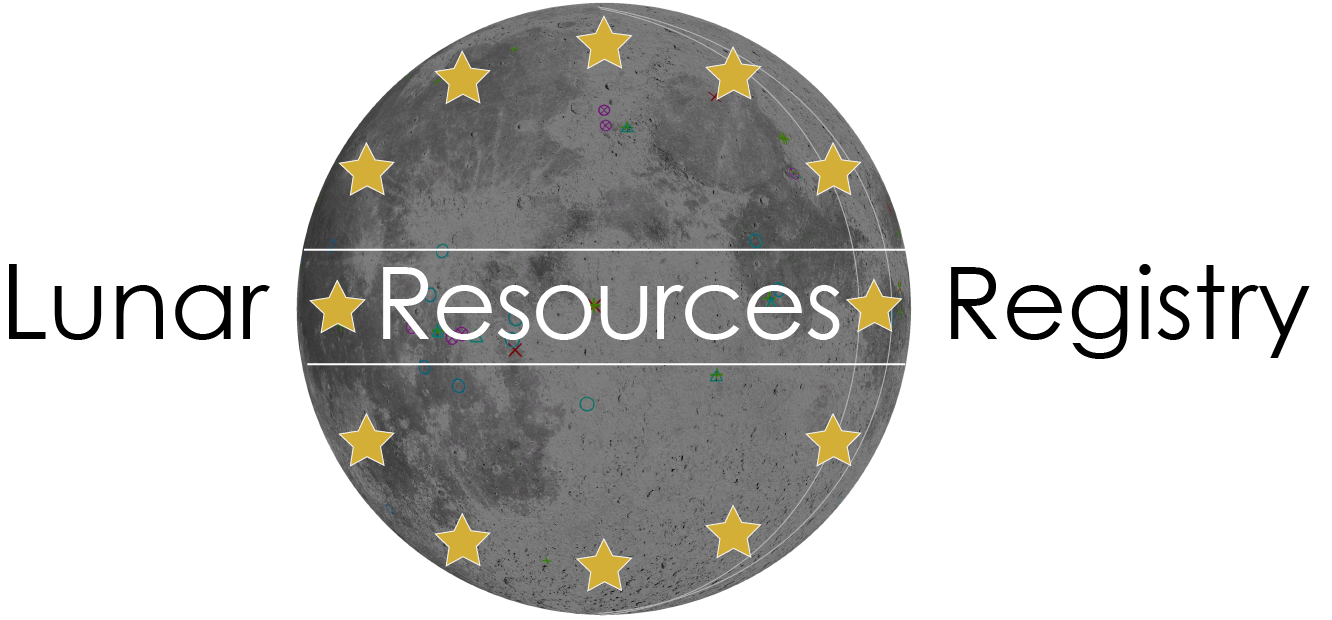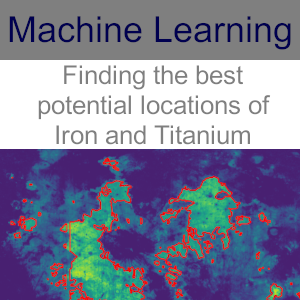Overview: Lunar Resources Registry conducted a Machine Learning exercise to focus on finding the best potential locations with Iron and Titanium.
Author: Rebecca Wiegels
Generally, the goal of applying machine learning to existing lunar information is to find locations of special interest humans can’t easily detect themselves. The input includes information such as resource abundances and crater locations. The method applied is using an unsupervised machine learning method, to group the images into different clusters. Generally, clustering is used to combine pixels into clusters based on their similarity. After the machine learning application, the results are analyzed and further processed so that the outcome indicates locations of special interest.
The first step of the machine learning application leads to locations of mixed resources. Iron and Titanium oxide abundances are applied as feature input. The clustering method “K-Means” is applied and generates several clusters. The cluster of highest abundances is chosen and further analyzed with help of statistical values such as mean, maximum, minimum and standard deviation.
It should be noted, that the first derived results are based on flawed input. Therefore, the results are to be seen with caution and need to be updated as soon as new input is available.




